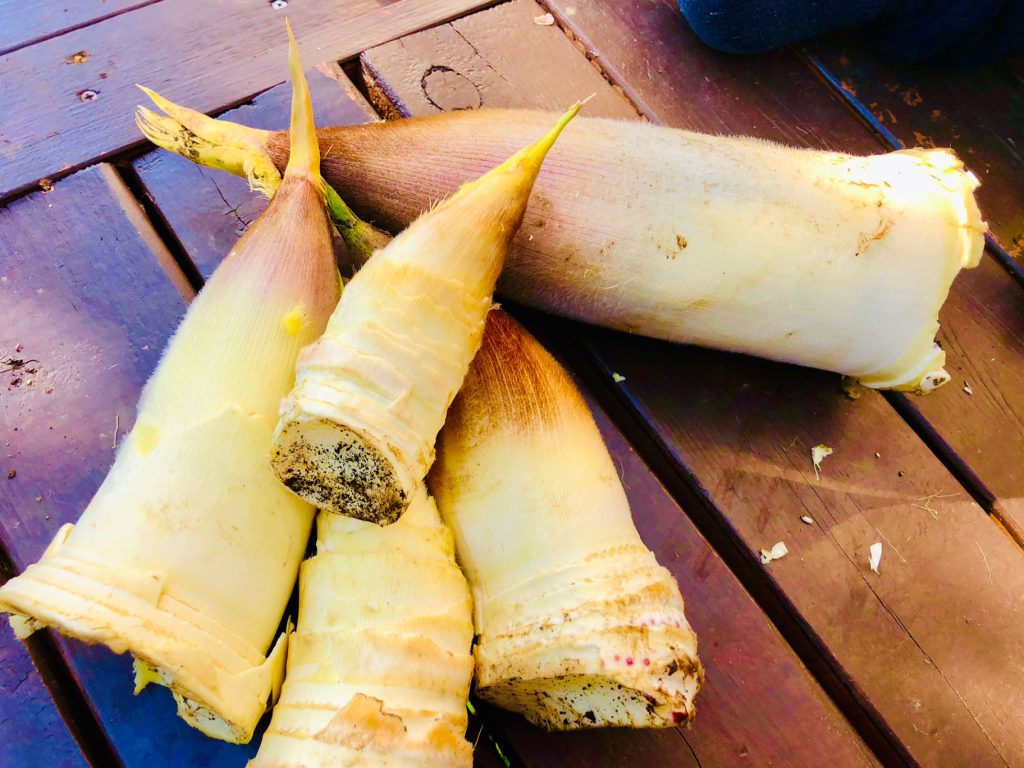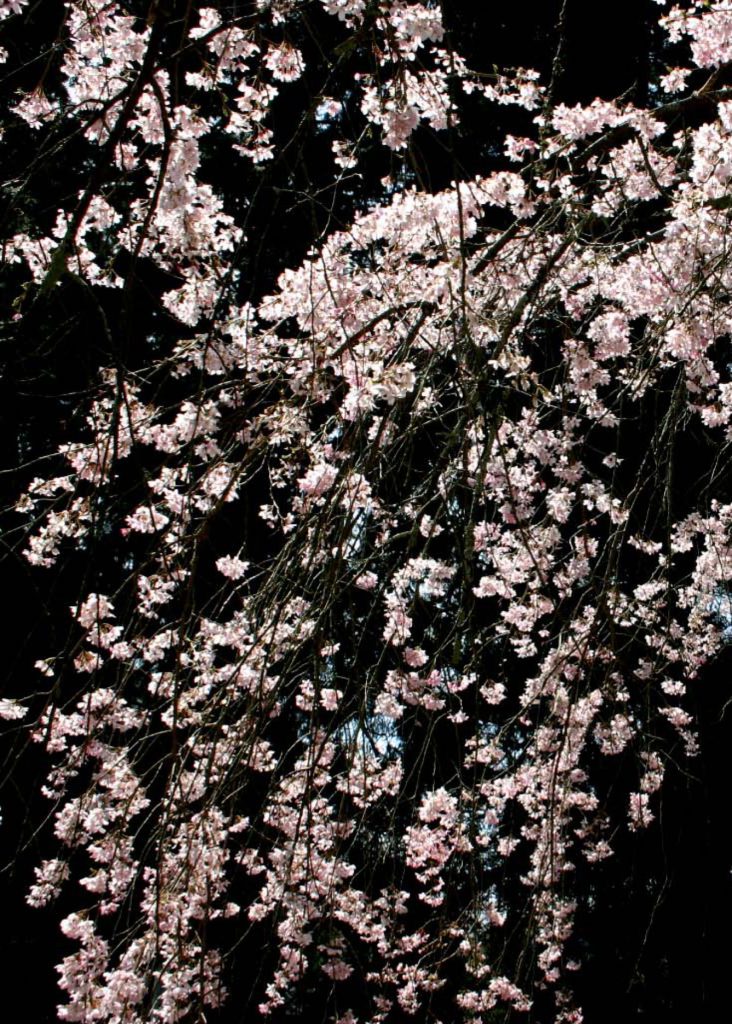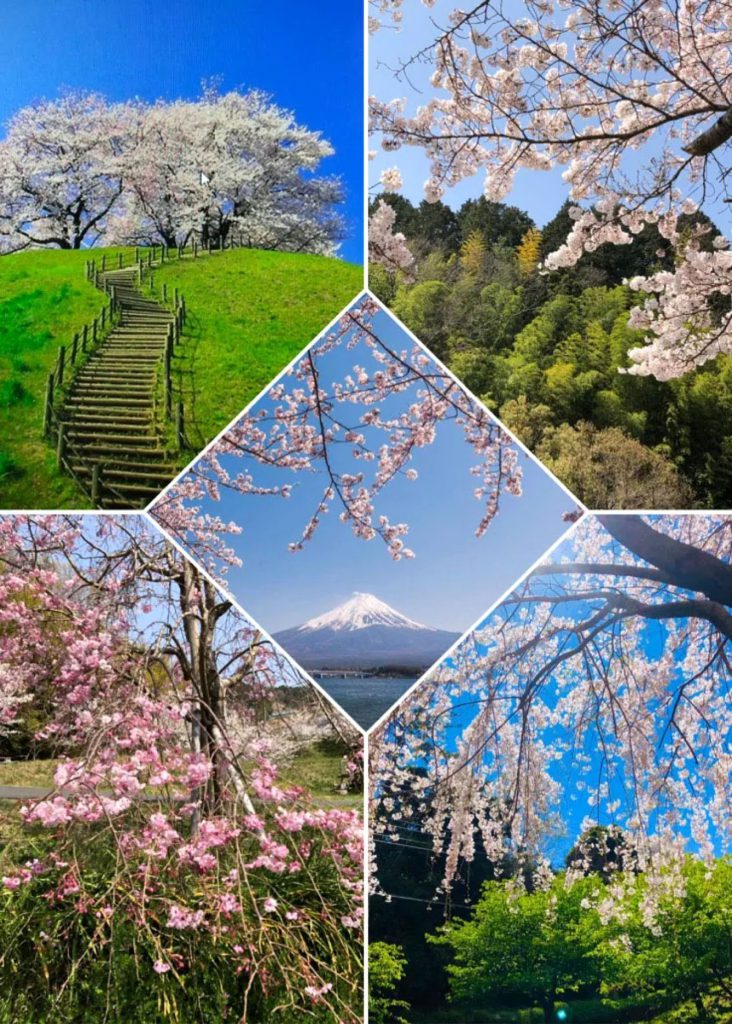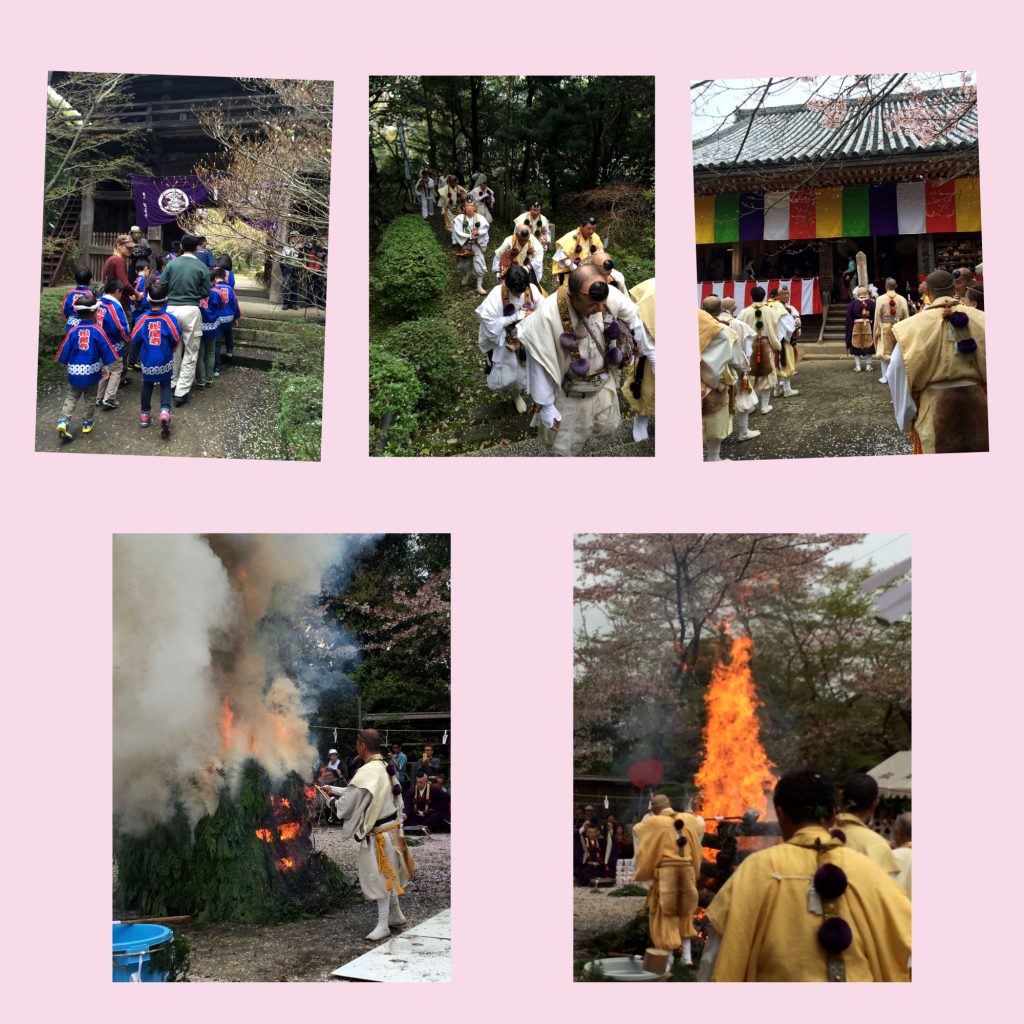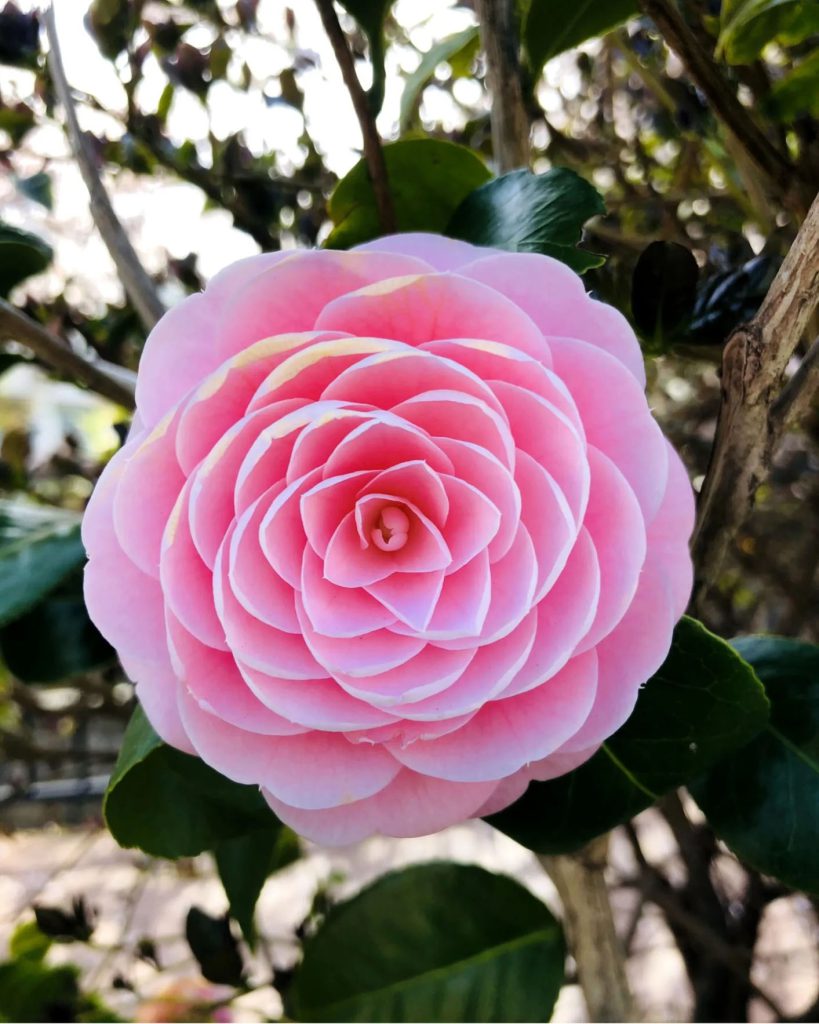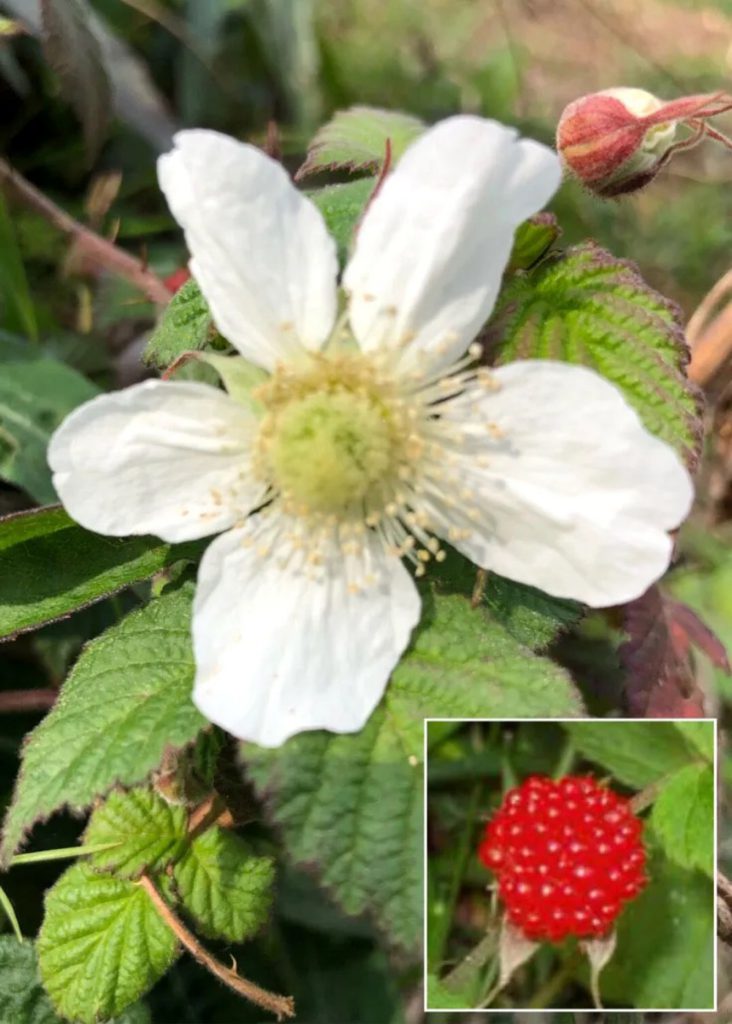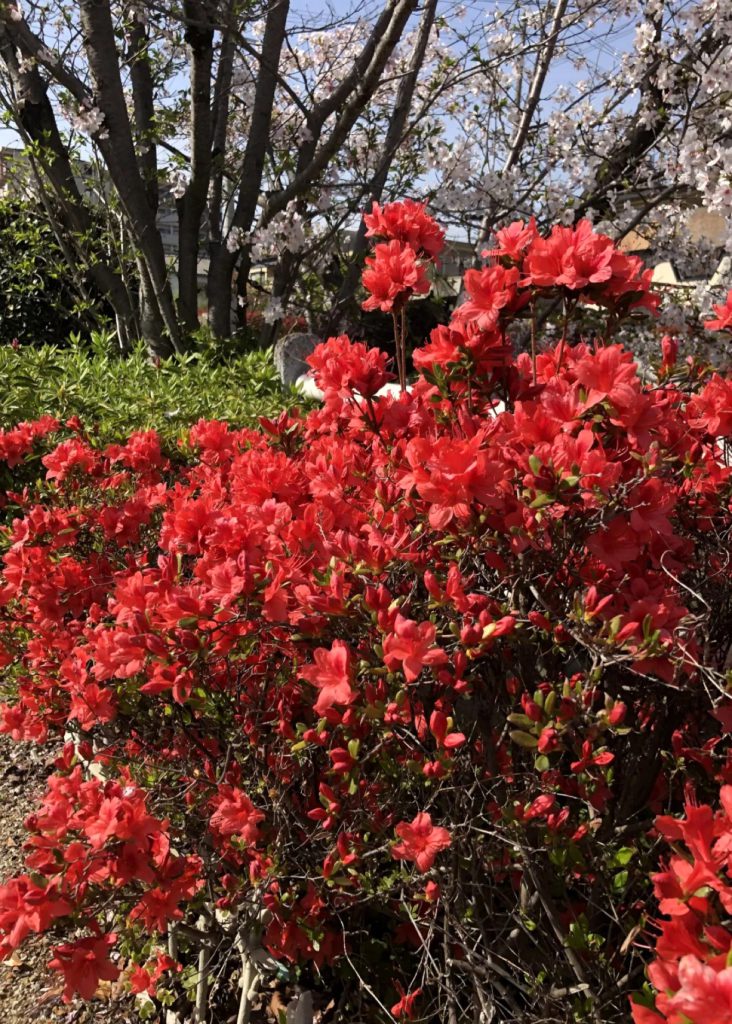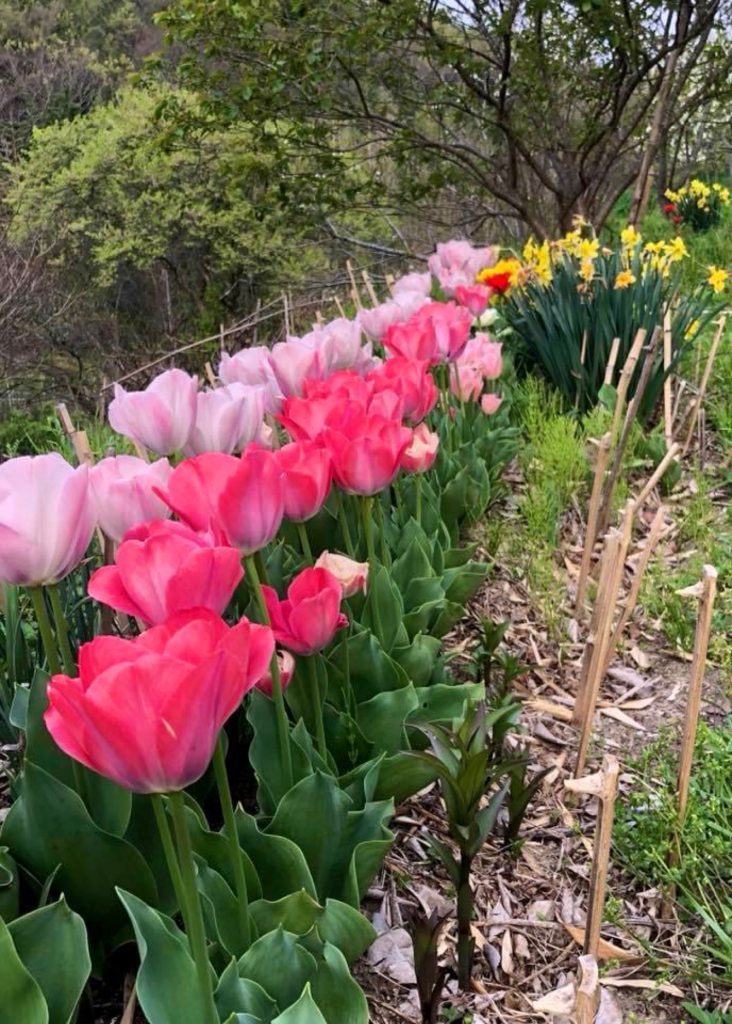
Early in the morning, when I was taking a walk on the nearby mountain road, a group of tulips were blooming side by side in the open field. There are no houses around. Who planted it? What was it for? A simple fence made of bamboo higos (thin strips whittled from a piece of bamboo) shows how these tulips are being carefully raised. When I was thinking about that, my heart got hot. There is a splendid tulip field over the mountain on the other side, and many colorful tulips are in bloom and competing. Many people are rushing there in every day.A delicate heartwarming tulip field and a tulip garden that entertains a large number of people, both are spectacles of the transition from spring to summer.
朝早く、近くの山道を散歩していると、開けた草原に一群れのチューリップが並んて咲いています。周りには家もなく、誰が植えたのでしょう。何の為に植えたのでしょう。竹ひごをまばらにさしただけの簡単な柵が、このチューリップ達を大切に育てている様子を伺わせます。そんなことを思うと胸が熱くなってきました。反対側の山向こうには立派なチューリップ畑があって、色とりどりの沢山のチューリップが咲き競っています。連日多くの人達が押し寄せています。細やかな心温まるチューリップ畑と大勢の人達を楽しませるチューリップ園、どちらも春から夏への折節の光景です。

